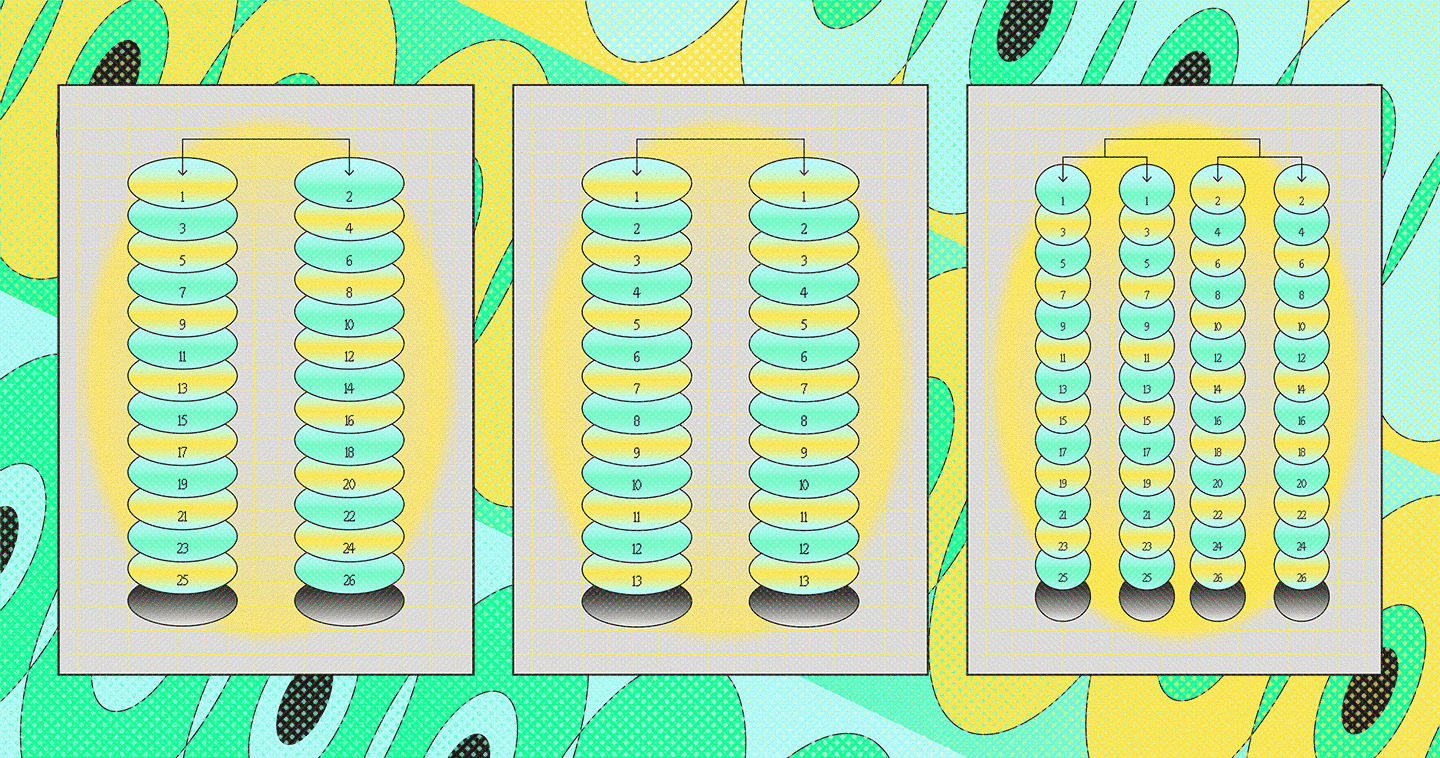Can AI functions be programed into NAND? How much computational power can storage possess? And, what will it take to secure data when it’s ubiquitously accessible across devices, the edge and the cloud?
These questions are just a glimpse into Dr. Siva Sivaram’s Flash Memory Summit (FMS) keynote. As president of technology and strategy at Western Digital, next-generation solutions are Siva’s everyday normal. And, his FMS keynote brought together three of Western Digital’s brightest technology minds to discuss what’s next.
What’s next is different. There is a seminal, foundational shift happening with data architecture. The general-purpose processor that has been at the center of traditional data architectures can’t keep up. After more than a half-century trajectory of doubling speed and capabilities (also known as Moore’s Law), squeezing more transistors onto tiny semiconductors has simply become too complex and expensive.
But there’s more to the Moore’s Law story. “There is one place where Moore’s Law is alive and kicking…and that’s in flash [and storage],” Siva explained.
Storage is at the heart of this architectural shift. It’s where data lives: in the billions of connected devices out there, as an essential part of inference at the edge, and the biggest component enabling the cloud’s mammoth infrastructure. As new architectures rise to capture value from data at every stage, storage has become a driver of change.
So, what will the next decade look like? Watch why this is different:



